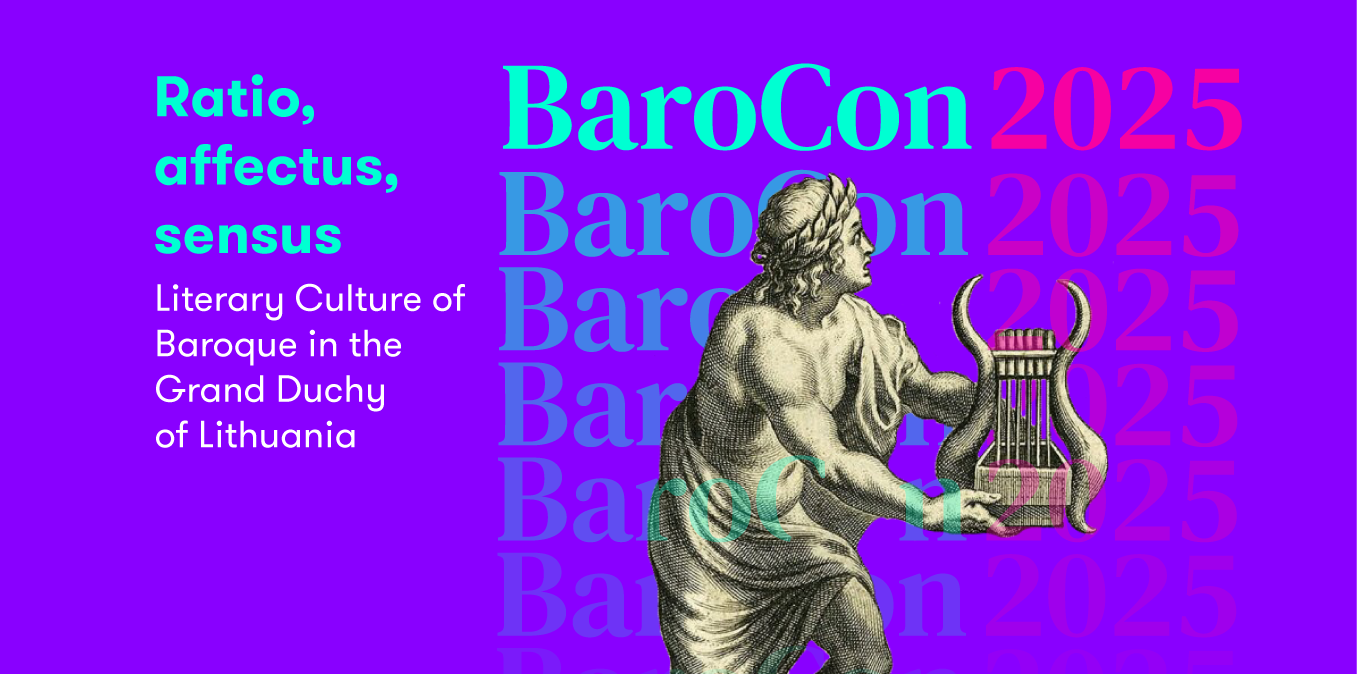
Frans-Willem Korsten
Two Republican Baroques: The Dutch Republic and the Polish-Lithuanian Commonwealth
Frans-Willem Korsten
Leiden University
Two Republican Baroques: The Dutch Republic and the Polish-Lithuanian Commonwealth
Keywords: sovereignty, republic, republican Baroque, network, empire
In 1635 the most famous Dutch poet of his times, Joost van den Vondel, wrote a poem entitled “The Truce between Poland and Sweden.” Vondel’s interest in the truce and the region was clearly motivated by the vast trade interests the Dutch Republic had in the Baltic. There were also cultural-political interests, however. As opposed to a royal, papal, Southern-European dominated Baroque, the Dutch Republic came to life aesthetically and politically through a Northern-European, republican Baroque. The latter connoted a conceptualization of sovereignty that was both unstable and powerful. Unstable because it did not depend on one, coherent, center of supreme power but on a complex trade-network of cities and states. Still, this bottom-up network also came to embody an imperial power. Here the Dutch Republic resonated with the Polish-Lithuanian Commonwealth. Both had mutual interests commercially speaking, since for Amsterdam trade with the region was defined as Moedernegotie: the mother of trades. Yet the two also had political resonances since the Commonwealth was far from a regular kingdom and was also indicated as the First Polish Republic. Its “Golden Liberty” prefigured in a sense the Baroque epitome of the Dutch Republic: the period of “True Freedom”. Following two Dutch diplomatic missions, in 1627–28 and 1635, I will first consider Paul Hulsenboom’s analysis of how diplomacy and poetry were intrinsically related at the time. Then I will consider a more radical entanglement of politics and aesthetics in that the Dutch Republic found a Baroque companion in the Polish-Lithuanian Commonwealth, which consisted as much in a bottom-up network instead of being ruled by a supreme power. Both, that is, found an aesthetic expression of their political nature in a republican Baroque.